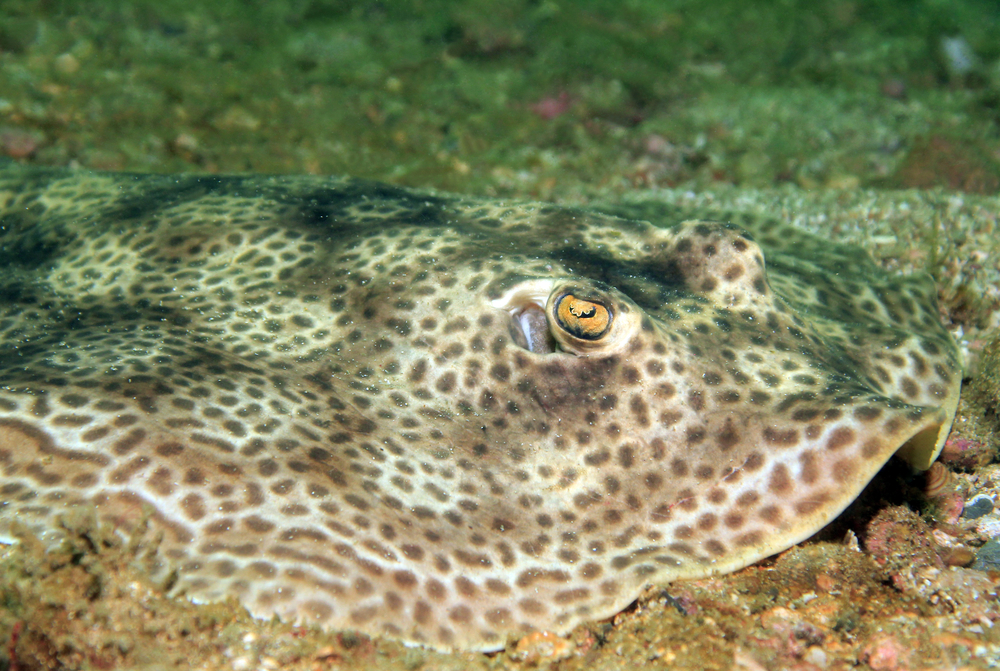
Parthenogenesis: How Female Rays Reproduce Without The Need For Males
Over recent weeks, the world has become enamoured with Charlotte the Stingray – a pregnant round stingray from Team Ecco Aquarium and SharkLab.
Charlotte’s pregnancy is particularly notable because her tank lacks a crucial element – she has no male companion. Instead, her tankmates are other female rays, and some sharks. Despite claims that this pregnancy is the result of a shark/ray coupling, it’s actually far more interesting.
A form of asexual reproduction, parthenogenesis allows females of a species (in this case, a stingray) to produce offspring without the need of a male. Parthenogenesis is more noticeable in captivity, where females of a species can be observed becoming pregnant and giving birth without interacting with a potential mate.
Jaelen Myers, a PhD candidate at James Cook University, explains that parthenogenesis is an evolutionary adaptation that allows a species to continue to reproduce when there are no viable mates present.
“It’s actually a little more common than people might think. It has been recorded for multiple species, mostly sharks, like the zebra shark, that’s a common one. This has been recorded in multiple aquariums. So I wouldn’t say this is a new concept. This is by far not the first time this has happened.”
“If there’s desperate times, like there’s no males around, you got no options to reproduce and you do reproduce that way, you could still give some offspring in the environment.”
“It would likely be more common in captivity just because there’s that elimination factor of mate selection. So if there’s no males in the tank, there are no options. Or even if there are some males that are put in together for reproduction, the female just might not like that. Sometimes it happens where there’s males there and they still choose to reproduce by themselves.”
During parthenogenesis, an egg can become fertilised by the by-product of meiosis, known as a polar body. In this case, the offsprings’ genes are nearly identical to the mother’s, but they are not a direct clone. Although parthenogenesis is a brilliant adaptation when it comes to continuing a species, Jaelen explains that it does come with a slight genetic disadvantage.
“That is one disadvantage of parthenogenesis, where animals wouldn’t want to reproduce in this manner unless they didn’t have much of an option. When the offspring’s reproduced it isn’t an exact clone of the female, but it’s very genetically similar.”
“All those target genes are going to be the same. I believe the only difference is that if the offspring is born male, it’s missing a Y chromosome, which if it was a complete genetic clone, it would have all of that, and they’d all have to be female. But, it’s essentially a genetic duplicate of the adult, and then if there’s no genetic diversity being introduced, then in the long run, it could produce problems.”
While Charlotte’s unique method of having babies is not uncommon, this is the first recorded parthenogenetic pregnancy in her species, the round ray (Urobatis halleri). What triggered her parthenogenesis is unknown, as is whether or not her offspring will be able to reproduce themselves.
Charlotte is pregnant with at least four pups, and is expected to give birth soon.
Photo by Daniel Lamborn, Shutterstock.


